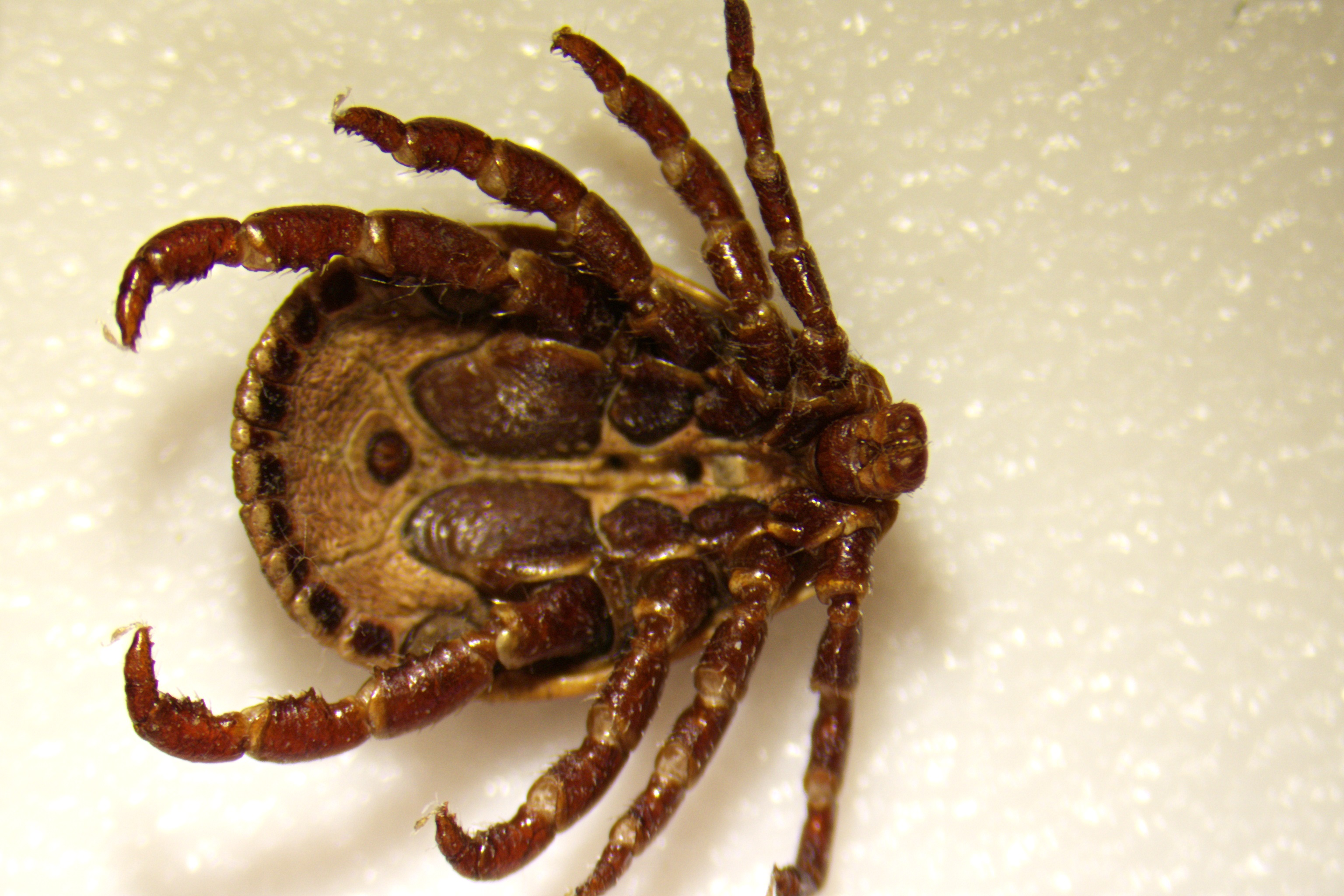Recent outbreaks of mosquito-borne diseases such as Zika, chikungunya and dengue around the world and the increase of tick-borne diseases highlight the importance of better understanding and monitoring the spread of disease-carrying vectors.
Citizen science has become a powerful tool and approach for scientific data collection, allowing for the surveillance and early warning of vector-borne diseases. That’s why IDAlert is implementing citizen science in its case studies to collect data on mosquitoes and ticks, providing valuable insights into disease prevention and control
‘Mosquito Alert’ app
The Mosquito Alert app, developed by Spanish institutions and IDAlert partners CSIC, UPF, CREAF, and CEAB is being deployed in 5 of our case studies: Spain, Greece, The Netherlands, Germany, and Bangladesh.
Since its launch, the app has tracked the spread of species like the tiger mosquito and Japanese mosquito in Spain and Europe, receiving over 190,500 citizen notifications from 183 countries.
“The combination of citizen participation, the scientific community, and the efficiency of artificial intelligence to analyze data has allowed us to establish an early warning system for the detection of invasive species.” – Frederic Bartumeus, co-director of Mosquito Alert and ICREA researcher at CEAB-CSIC.
Mosquito Alert has received the international World Summit Awards (WSA) 2023, which recognises digital solutions that contribute to the achievement of the UN SDGs.
Learn more about Mosquito Alert here

‘Rapportera Fästing‘ or Report Tick

‘Rapportera Fästing‘ or Report Tick is a new tick tracking tool launched by IDAlert partner, the Swedish Veterinary Agency (SVA) in Sweden. This web-based tool simplifies the process of collecting and mapping exotic ticks studied at the SVA. The primary goal of Rapportera Fästing is to detect unusual tick presence and gather vital information about the native tick population. This information is crucial for researching the distribution of tick populations throughout the country and identifying various species.
In just two months, over 13,000 reports of tick finds have been reported from all over the country, resulting in more than 22,000 images collected throughout the season. This year, the research particularly focuses on the presence of the Taiga tick, especially in the northern regions of Sweden, for identification and analysis in relation to the tick-borne encephalitis virus.
“We deeply appreciate everyone who participates in Rapportera Fästing. Every report, every observation, contributes significantly to our collective understanding of these small but important parasites“, says Anna Omazic, researcher at SVA.
Learn more about Rapportera Fästing here



